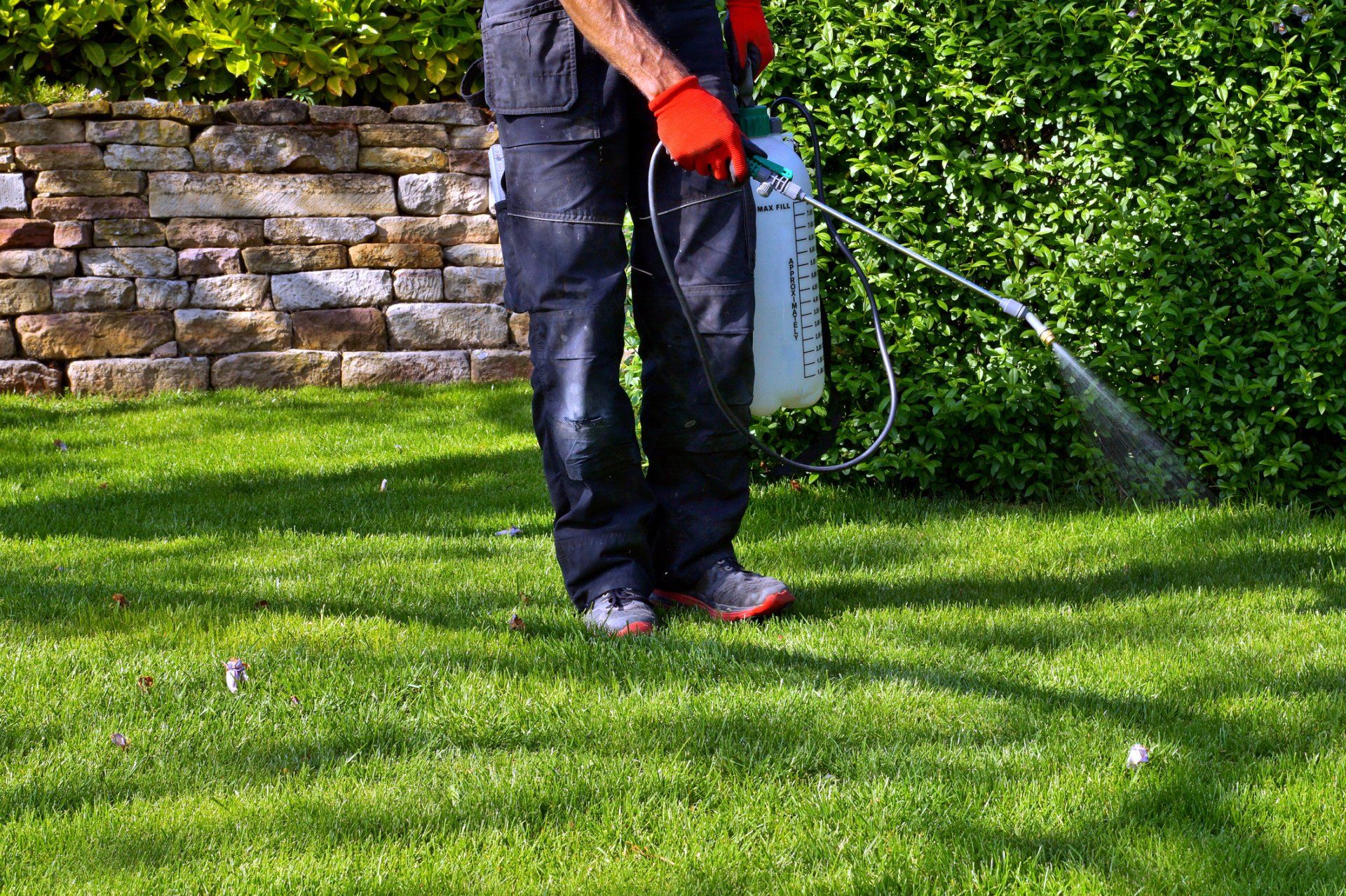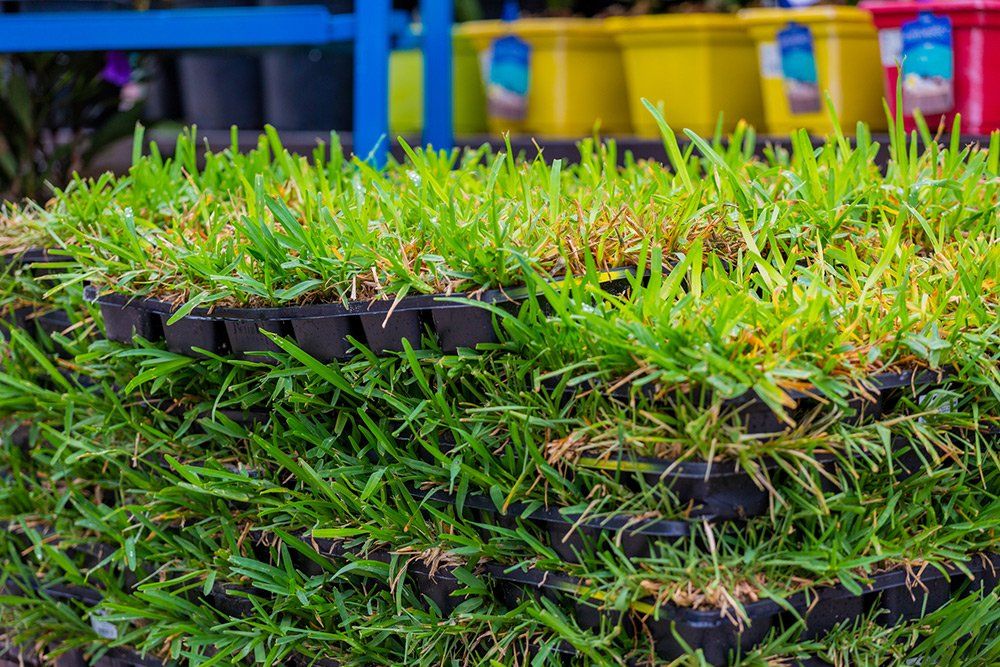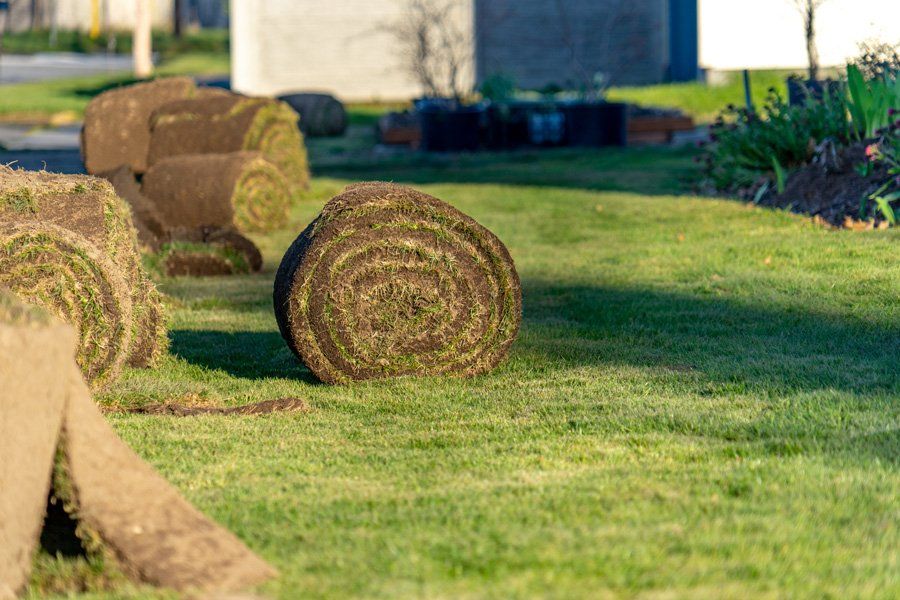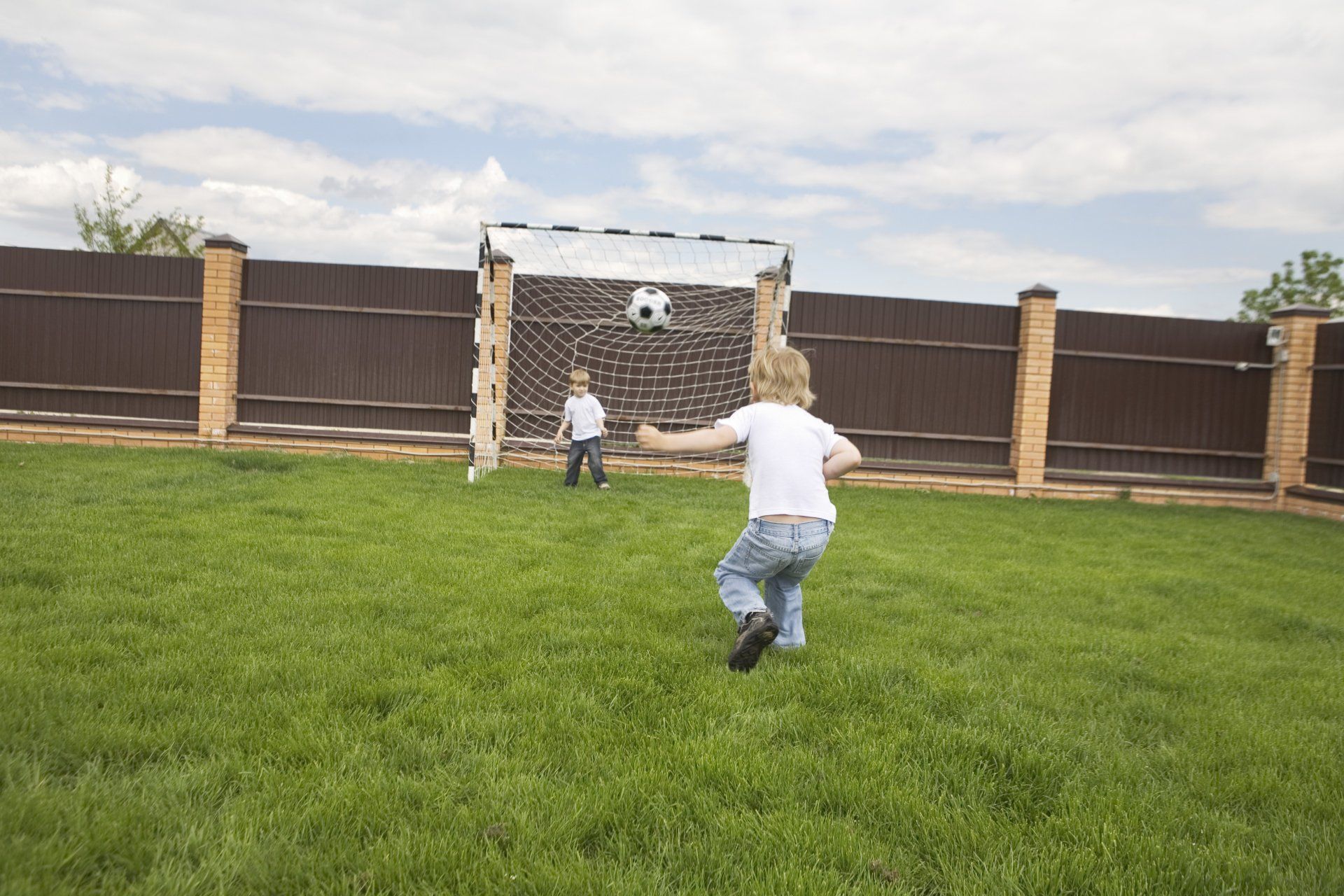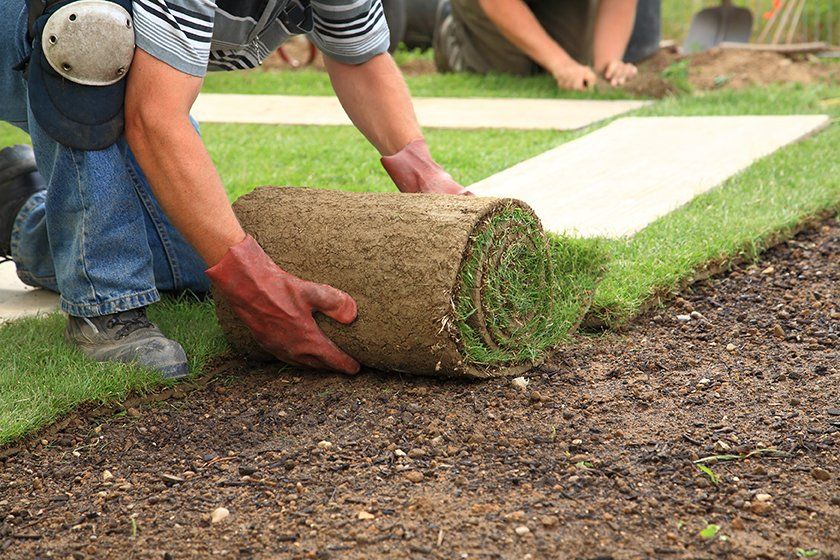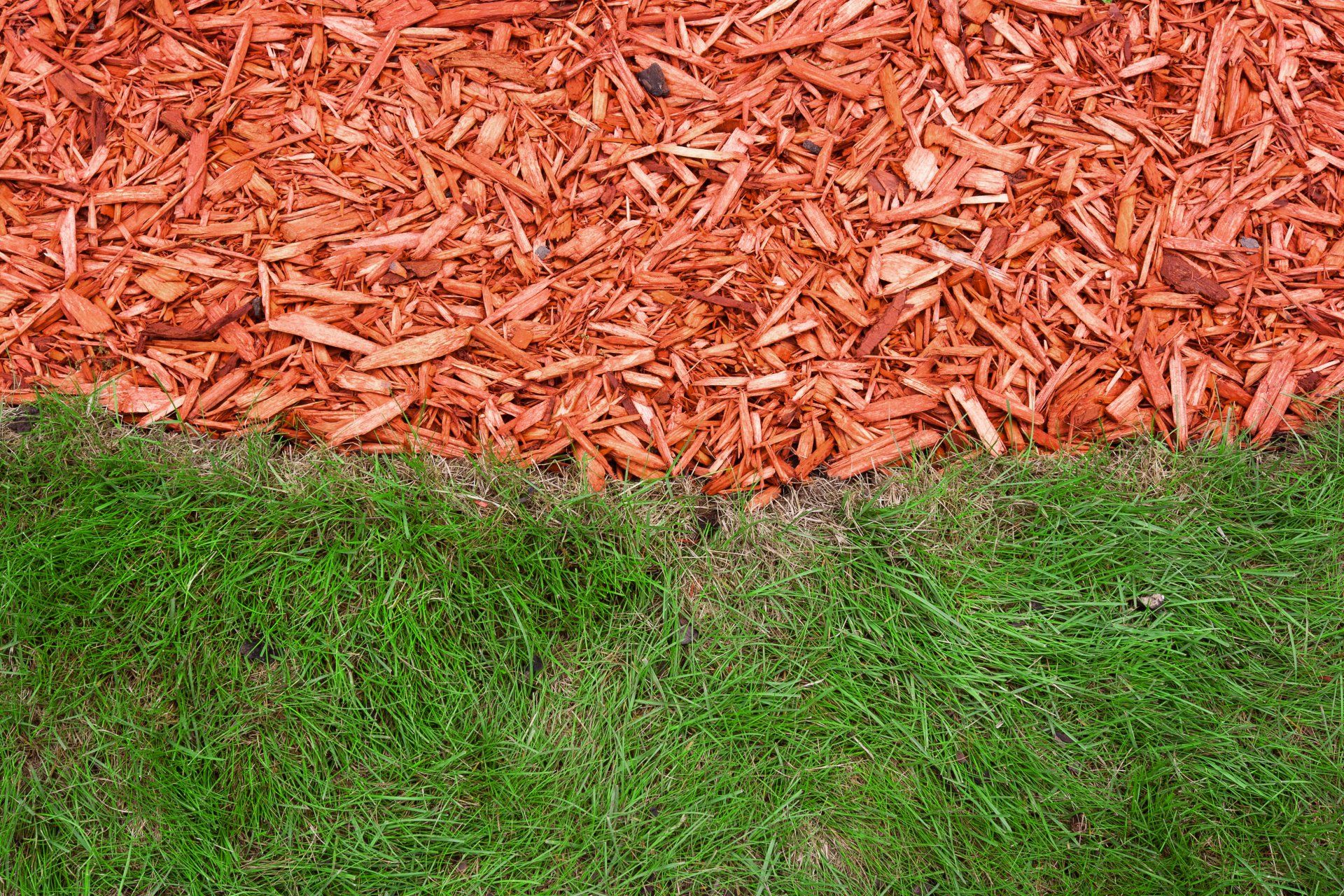3 Mulch Tips That Help Protect New Sod
- By Admin
- •
- 29 Feb, 2020
- •
If you just put in a new yard, chances are you have areas for flower beds in addition to all that beautiful new sod. Neatly mulched flower beds are an attractive addition to any landscape, and mulch offers a wealth of additional benefits to flowers, bushes, and trees. Mulch helps retain soil moisture while it suppresses many weeds.
Take care when you add mulch to newly built flower and garden beds. The wrong mulch techniques may harm new sod. Learn about three mulch tips that help protect new sod.
1. Use Herbicides Carefully
Mulch performs well as a suppressor of new weeds, but it cannot eradicate weeds that already have a foothold in your soil. When you prepare a bedding site for plants and mulch, you must first remove all weeds.
Sometimes, you can simply rake the surface to level the soil and uproot any weeds, or pull them by hand. However, you're better off using pre- and post-emergent herbicides that not only kill existing weeds but prevent the germination of weed seeds already within the soil.
Use both types of herbicides with care so they do not come in contact with your new sod. Over-spray can drift onto new grass and kill portions. You might want to consider a selective herbicide that does not harm grass. Instead, they target broad-leafed weeds only and won't hurt your lawn due to accidental contact.
2. Prevent Mulch Erosion
Mulch is no good if it cannot stay put in a bedding area. Irrigation, rain from storms, and even wind can move mulch out of a flower bed and into adjacent areas like pathways, driveways, and your new sod. Mulch can be destructive to delicate new sod that has not yet established strong new roots. The careless or repeated removal of stray mulch with a rake may damage new sod.
Additionally, mulch that leaves bedding areas hurts existing lawns and leaves bedding areas vulnerable to further erosion.
As you plan bedding areas in conjunction with new sod, take measures to prevent mulch erosion onto your lawn. One easy method to control erosion is to simply contain the mulch. Many gardeners like to use landscape-edging materials, concrete dividers, or rustic stones to corral mulch.
Sloping yards are more challenging with erosion. However, you can plan bedding areas within terraced spaces or behind retaining walls to prevent mulch from encroaching onto new sod.
3. Don't Over-Mulch
After landscape beds are weed-free and properly edged, add the right amount of mulch. Mulch levels are important because too little mulch does not suppress weeds and can lead to dry soil. If you can still see soil, you need to add more mulch. The right amount of mulch is between two to four inches deep. Keep mulch several inches away from tree trunks.
Too often, however, gardeners make a mistake and add too much mulch in beds or pile mulch around trees. Over-mulching changes soil pH, depletes soil nutrients, and introduces diseases like root rot. Worse, too much mulch can create new habitats for pests.
Rodents often burrow into deep mulch, and many insects are attracted by the perpetually damp conditions of deep mulch. Pests like these can harm sod grass not yet strong enough to repel infestations. Chinch bugs and mole crickets are common lawn pests in North Carolina. You don't need more pests in your yard simply because your mulch is too deep.
Keep these tips in mind as you plan your bedding areas and prepare to add mulch. If you need quality mulch for your new yard, contact the experts at Turf Master Sod Farm. We offer pickup and delivery service for the sod you need.



